
Guardhouse (Île Grande)
Pleumeur-Bodou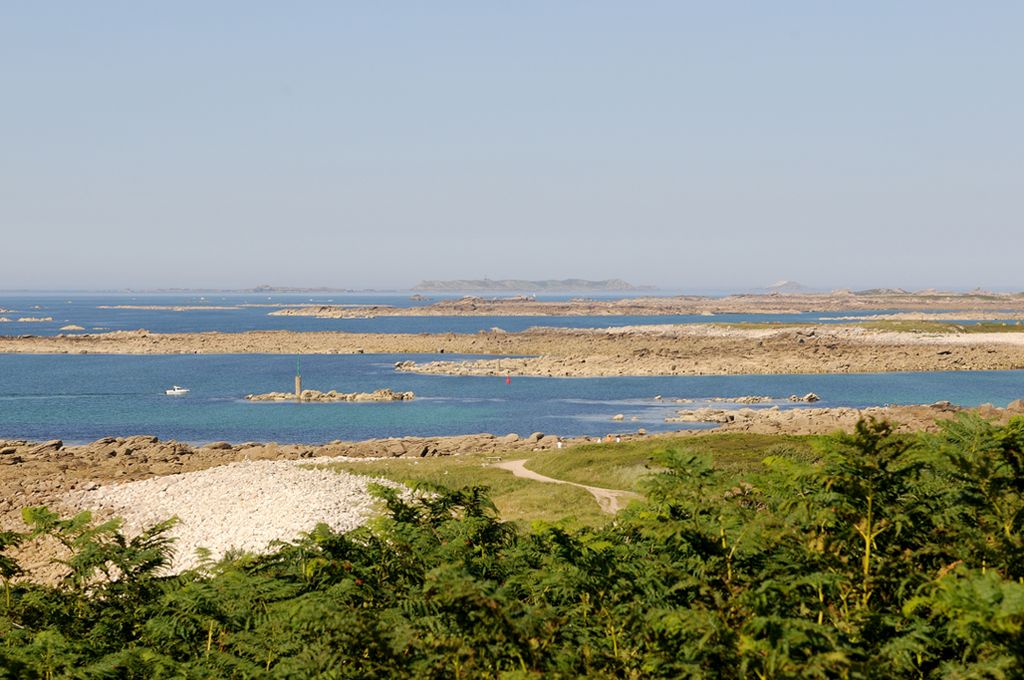
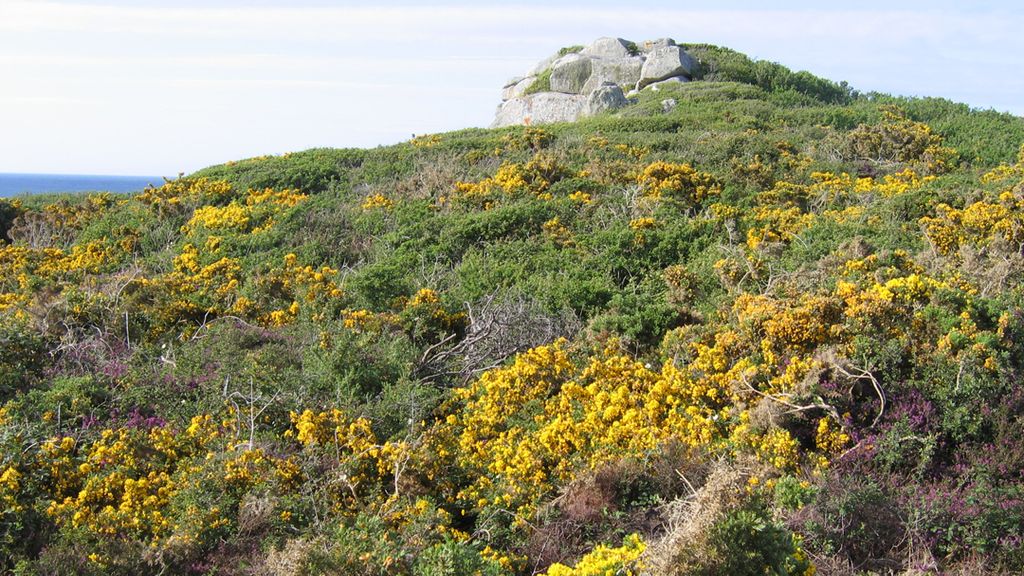
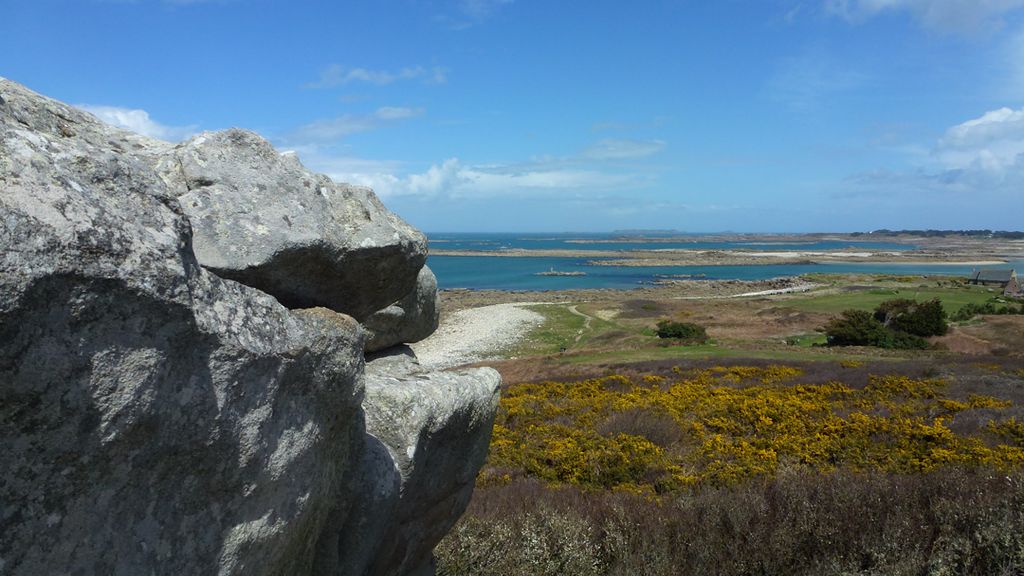
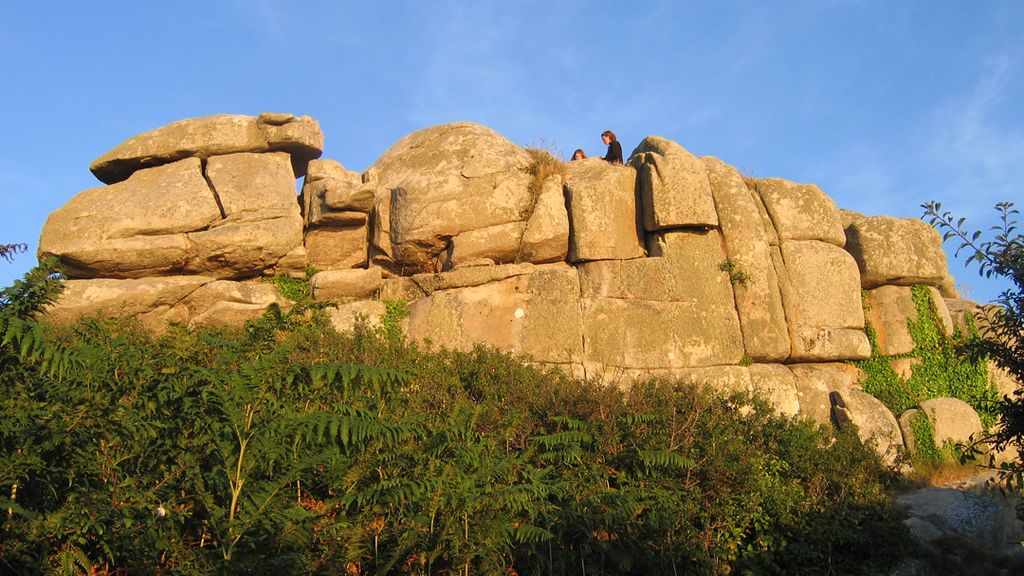
About
The guardhouse, TyGward in Breton, is an imposing block of granite which stands at the highest point of Île Grande. Right around the periphery of the island, grey and blue granite was mined for several centuries, contributing to the area's renown. Walking around the area, you can find traces of the mining activity and imagine the work of the quarrymen. Following the paths which snake through the heather, you will arrive at a rock formation nicknamed "Le Lion" (the Lion), not far from the statue of a stonecutter. The granite for the construction of the viaduct at Morlaix was extracted from the adjacent old quarry, whose face is impressively large. Opposite you is the outline of Île du Corbeau. This island was an important site for the extraction of blue granite.
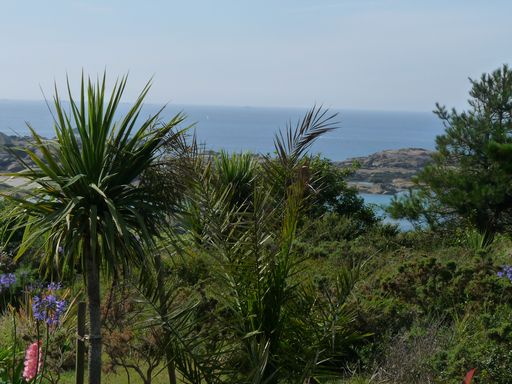

The Viewpoint
Trégastel
If you climb to the viewpoint, you can enjoy a magnificent panoramic view of the coast and the surrounding area. On the hill, you will also notice an old viewpoint indicator in very good condition....  See
See
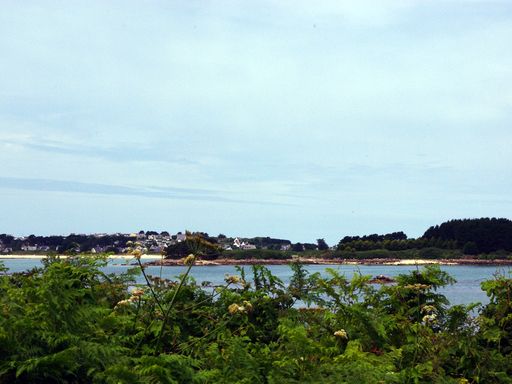

Keryvon
Pleumeur-Bodou
Walking along the beach at Keryvon, you will find a landscape shaped by the tides and by a special geological history. The presence of yellow sand and black rocks gives the area an unusual...  See
See
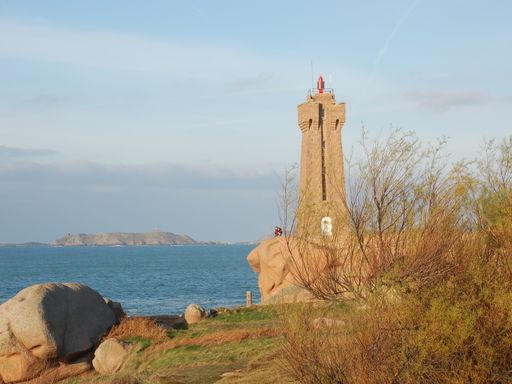

Ploumanac‘h lighthouse and rocks
Perros-Guirec
The pink granite lighthouse stands in the middle of the chaotic rock formations formed by the erosion of cooled magma then shaped by the rain, salty sea spray and wind. Its name, "phare de Mean Ruz",...  See
See
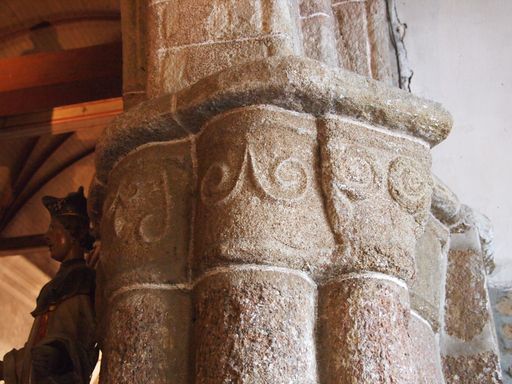

Saint Jacques Church
Perros-Guirec
Construction of Saint Jacques Church began in the eleventh century using granite from the area and further construction followed over the years, resulting in today's patchwork of architectural...  See
See


